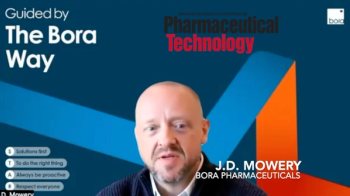
FDA Introduces Electronic Submissions Gateway
The US Food and Drug Administration has opened the FDA Electronic Submissions Gateway (ESG) to receive and process regulatory submissions to the Center For Biologics Evaluation and Research, the Center for Drug Evaluation and Research, and the Center for Devices and Radiological Health.
The US Food and Drug Administration (Rockville, MD,
FDA announced the availability of ESG in a notice in the Aug. 8 Federal Register (1). The FDA ESG enables applicants to send applications and other submissions for review using the Internet and provides a single point of entry for these submissions. The FDA ESG automates the receipt, acknowledgement to the applicant or sponsor, routing, and notification to a receiving center of the electronic submission via the Internet.
The use of the FDA ESG is voluntary. Electronic-format submissions may be made through the gateway or may continue to be made on physical media. Except where FDA has promulgated regulations requiring submissions in electronic format, applicants also may continue to make regulatory submissions on paper.
The FDA ESG offers two communication options for applicants that have established gateway systems. One uses simple mail transfer protocol (SMTP) with secure multipurpose Internet mail extensions (S/MIME) to provide secure e-mail communications. The other supports faster information exchange and uses hypertext transfer protocol secure (HTTPS) to provide real-time Internet communication. The FDA ESG also offers a secure WebTrader submission option for applicants who do not have gateway systems.
Reference
1. US Food and Drug Administration, "Food and Drug Administration Electronic Gateway Submission," Fed. Regist. 71 (152), 45057 (Aug. 8, 2006).
Newsletter
Get the essential updates shaping the future of pharma manufacturing and compliance—subscribe today to Pharmaceutical Technology and never miss a breakthrough.





